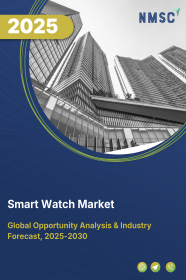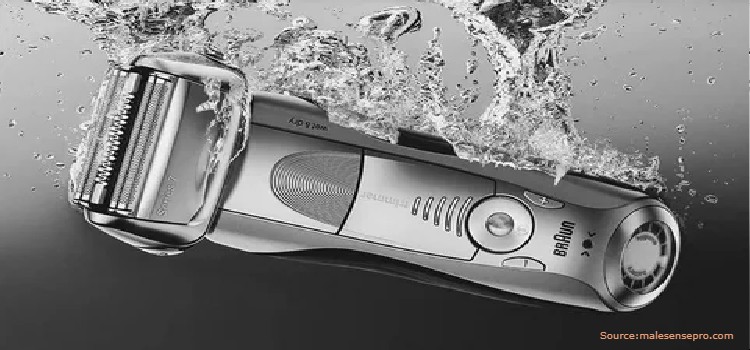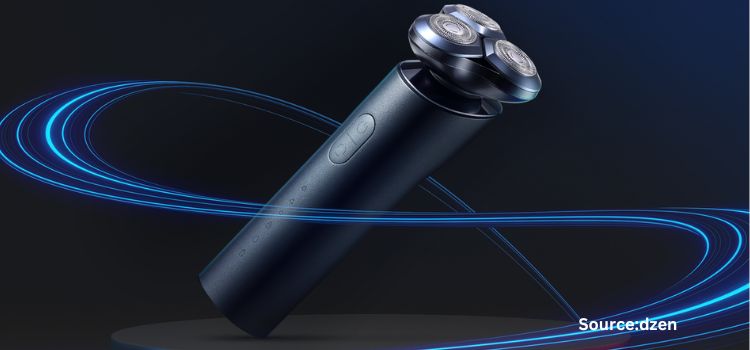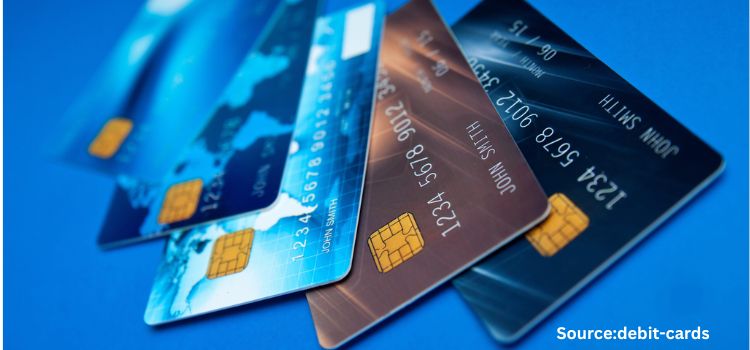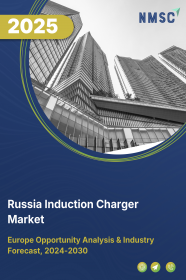
Russia Induction Charger Market by Power Output (5W to 15W, 16W to 30W, Above 30W), by Charging Standard (Qi Standard, AirFuel), and by Distribution Channel (E-Commerce or Online and Offline) – Opportunity Analysis and Industry Forecast 2024–2030
Industry: Retail and Consumer | Publish Date: 16-Apr-2025 | No of Pages: 100 | No. of Tables: 70 | No. of Figures: 35 | Format: PDF | Report Code : RC1285
US Tariff Impact on Russia Induction Charger Market
Trump Tariffs Are Reshaping Global Business
Market Definition
Russia Induction Charger Market was valued at USD 12.53 million in 2023, and is predicted to reach USD 31.4 million by 2030, with a CAGR of 13.3% from 2024 to 2030.
The induction charger industry, part of the wider consumer electronics sector, is undergoing swift evolution and gaining recognition on the global technology front. This field is dedicated to advancing and spreading wireless charging technology, a method that enables the transmission of electrical power without relying on physical connectors or cables.
Fundamentally, the technology behind induction chargers is grounded in electromagnetic induction, employing an electromagnetic field to facilitate the transfer of energy between two objects – typically a charging pad and a compatible device.
Increasing Adoption of Smartphones and Electronic Devices fuels Induction Chargers Market Growth
The growing sales of smartphones in Russia is one of the major factors driving the demand for the induction charger industry. According to the Mobile TeleSystems (MTS) study, Russian smartphone sales totaled 8.1 million units in the third quarter of 2023, up by 44% year-on-year. Also, the sales revenues increased by 66% to USD 2 billion, and the sharpest increase was seen in the segment of flagship smartphones costing more than USD 885.93. Sales of such devices totaled around 400,000 units (up 280%).
In 2021, sales of Qi-compatible smartphones in Russia skyrocketed, witnessing an impressive 80% year-on-year increase. This surge was particularly notable through the country's two largest consumer electronics retailers. However, despite the thriving market, several prominent induction charger manufacturers, including Samsung and Apple, have suspended their operations in Russia. This decision stems from the ongoing Russia-Ukraine conflict and suggests potential ramifications for the induction charger industry in the foreseeable future.
Growing Implementation of Induction Chargers in Public Spaces Drives Market Expansion
In Russia, the growing acceptance of wireless charging technology in public spaces has significantly propelled the expansion of the induction charger market. The ubiquitous integration of wireless charging as a standard feature in cafes, airports, and shopping centers across the country has transformed the charging landscape.
This widespread accessibility not only enhances the practicality of induction chargers but also augments their appeal among consumers, fostering a conducive environment for market growth. As individuals increasingly encounter and rely on wireless charging facilities in their daily activities, the demand for induction chargers in personal and public spaces continues to rise, contributing to the flourishing market in Russia.
The Standardization of Wired Chargers Hinders the Growth of the Induction Charger Market
The extensive embrace of USB Type-C connectors in wired chargers poses a considerable obstacle to the induction charger market. This standardization ensures compatibility with a wide range of devices, establishing USB Type-C as a convenient and adaptable charging solution. Its rapid charging capabilities, often surpassing those of many wireless chargers, enhance its allure, especially for users prioritizing swift charging experiences.
Introduction of Qi v2.0 Standard for Wireless Charging Creates Ample Opportunity
The launch of Qi v2.0, the latest wireless charging standard, is poised to impact the induction charger industry significantly. Offering enhanced features such as magnetic attachment, improved charging speed, higher efficiency, and greater convenience, Qi v2.0 is set to elevate user experiences.
With the first Qi v2.0 certified devices, including Apple's iPhone 15 series and various power transmitters, expected to hit the market during Christmas, significant manufacturers, including Belkin, Mophie, Anker, and Aircharge, are gearing up with compatible products. Over 100 devices are already undergoing testing or certification for Qi v2.0.
This new standard is expected to unify the wireless charging industry, promoting smoother, faster charging and broader interoperability. As Qi v2.0 becomes the global benchmark for wireless charging, its adoption will likely simplify the market and enhance universal compatibility, driving growth in the induction charger sector as more consumers move towards Qi v2.0 compatible charging solutions.
Competitive Landscape
The Russia Induction Charger industry includes several market players such as Samsung Electronics Co. Ltd., Apple Inc, Anker Innovations Technology Co. Ltd., Belkin International, Inc., Xiaomi Corporation, Huawei Technologies, ASUSTeK Computer Inc., ZAGG INC., Energizer Holdings, Inc., and Aukey Corporation Limited.
Russia Induction Charger Market Key Segments
By Power Output
-
5W to 15W
-
16W to 30W
-
Above 30W
By Charging Standard
-
Qi Standard
-
AirFuel
By Distribution Channel
-
E-Commerce or Online
-
Offline
REPORT SCOPE AND SEGMENTATION:
|
Parameters |
Details |
|
Market Size in 2023 |
USD 12.53 Million |
|
Revenue Forecast in 2030 |
USD 31.4 Million |
|
Growth Rate |
CAGR of 13.3% from 2023 to 2030 |
|
Analysis Period |
2023–2030 |
|
Base Year Considered |
2023 |
|
Forecast Period |
2024–2030 |
|
Market Size Estimation |
Million (USD) |
|
Growth Factors |
|
|
Companies Profiled |
10 |
|
Market Share |
Available for 10 companies |
|
Customization Scope |
Free customization (equivalent up to 80 working hours of analysts) after purchase. Addition or alteration to country, regional, and segment scope. |
|
Pricing and Purchase Options |
Avail customized purchase options to meet your exact research needs. |
KEY PLAYERS
-
Samsung Electronics Co. Ltd.
-
Apple Inc
-
Anker Innovations Technology Co. Ltd.
-
Belkin International, Inc.
-
Xiaomi Corporation
-
Huawei Technologies
-
ASUSTeK Computer Inc.
-
ZAGG INC.
-
Energizer Holdings, Inc.
-
Aukey Corporation Limited.

















 Speak to Our Analyst
Speak to Our Analyst





